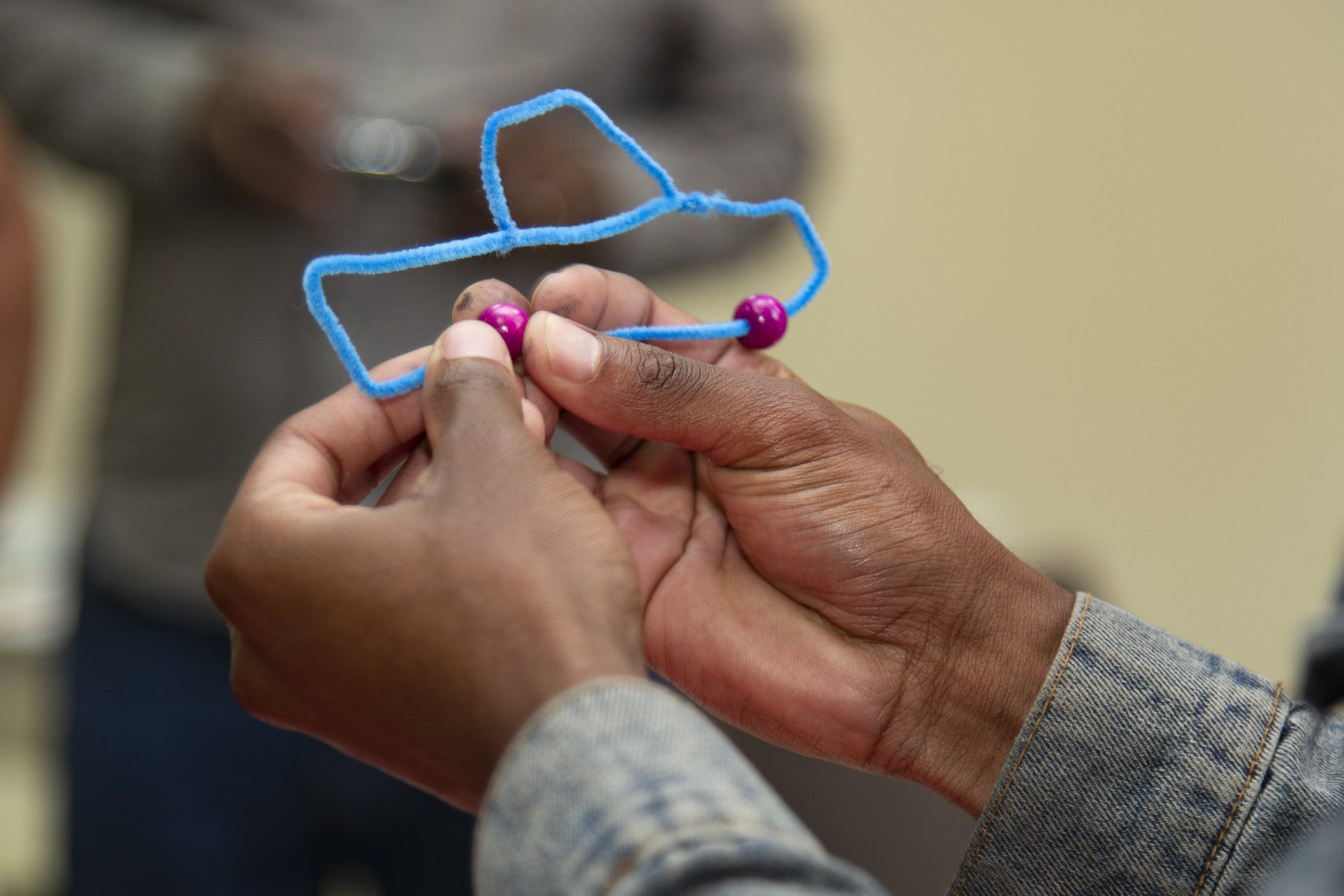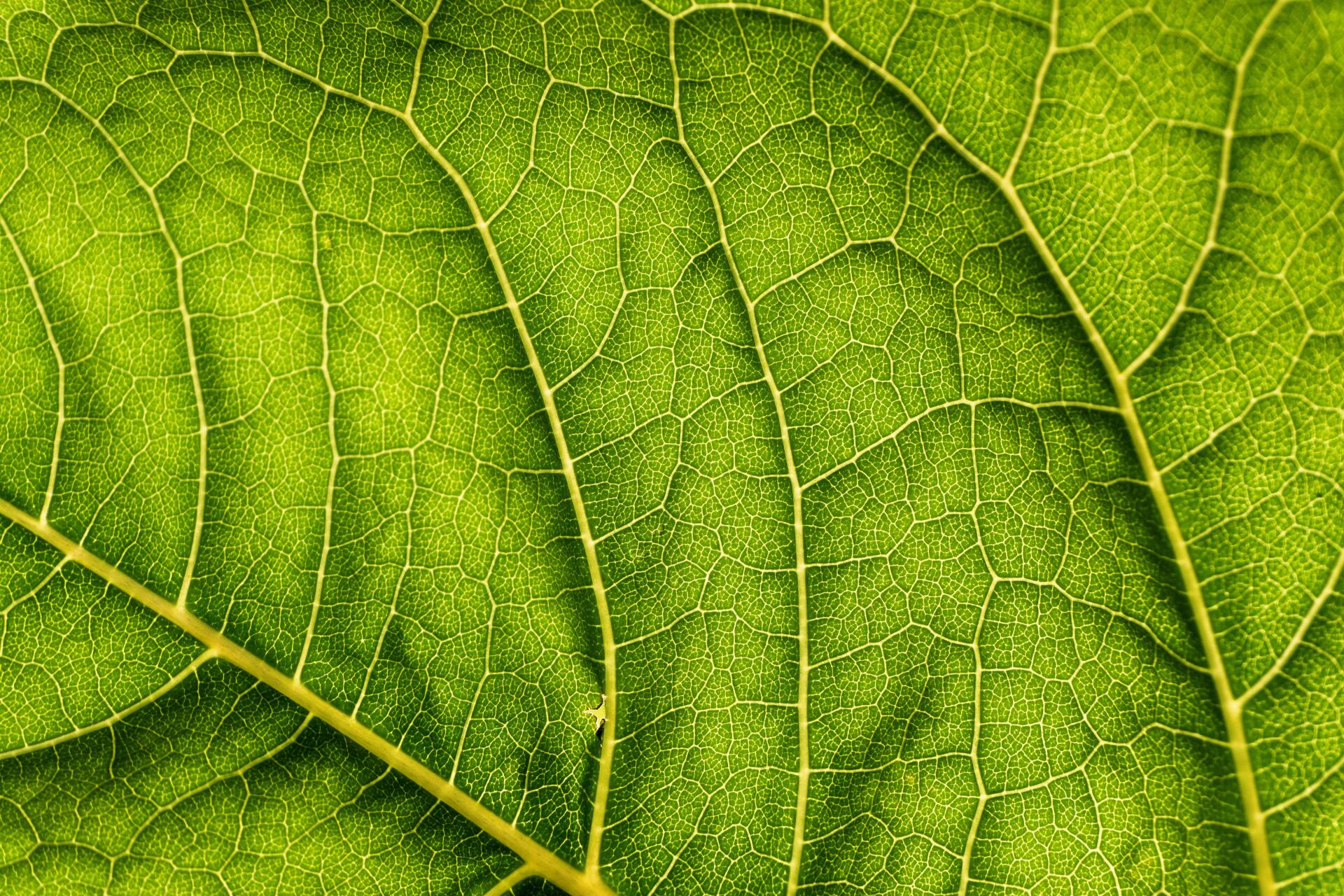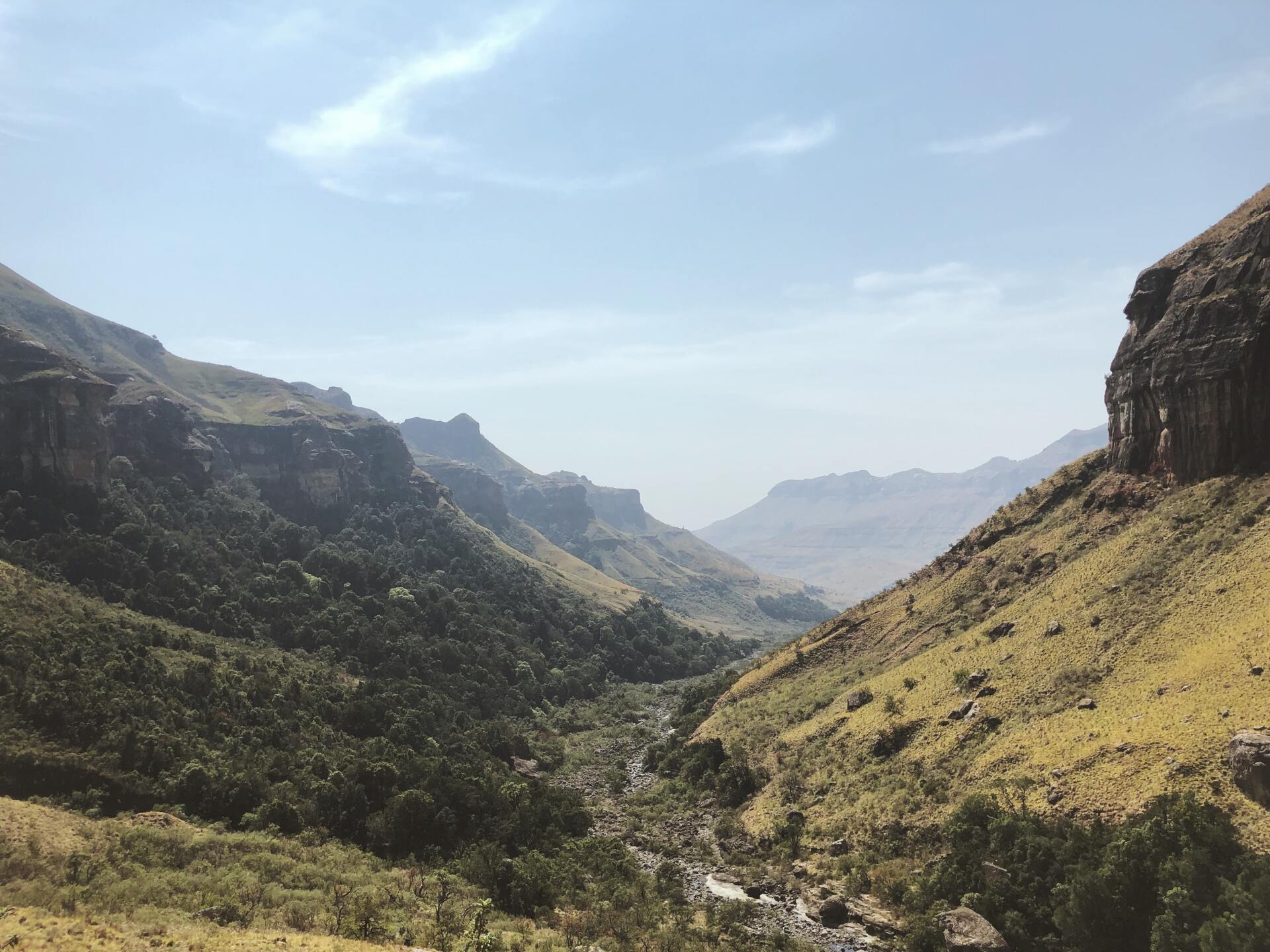Project Scoping
Initial Project Scoping
The Project
In 2020, the United Nations Development Programme (UNDP) in South Africa, in collaboration with the Council for Scientific and Industrial Research (CSIR) supported four rural and township network operator SMMEs through the Rural Television WhiteSpace (TVWS) Network Operator Support Programme. Through this programme SMMEs were supported to roll-out low-cost internet connectivity to four communities across four provinces using CSIR’s TVWS Technology. The project will be scaled to include an additional ten communities in Phase Two.
Understanding Television White Spaces (TVWS)
- TVWS are portions of unused radio spectrum that can digitally transform South Africa
- TVWS offer 24Mbit/s broadband speeds and cover up to 10 km, penetrating both natural and man-made obstacles
- TVWS are regulated by the Independent Communications Authority of South Africa under a three-tiered ecosystem: the Reference Geolocation Spectrum Database (R-GLSD); the Secondary Geo-location Spectrum Database (S-GLSD); and TVWS networks
- The TVWS value chain comprises manufacturers and vendors of white-space devices, providers of S-GLSD services, network planners, integrators, installers and operators, data-center providers, and finally, end-users of the TVWS network.
The Theory of Change Core Statement:
In its design and implementation, the project is informed by the following Theory of Change (ToC):
- If rural wireless network infrastructures are provided in marginalised rural communities through sustainable business models with rural SMME network operators,
- If technical capacity of SMME rural network operators, including women, youth and persons with disabilities, are strengthened to enable implementation of sustainable business models; and
- If women, girls and youth in the respective communities are provided with digital literacy and skills training;
- Then people in rural communities particularly women, youth and people with disabilities will have increased access to digital connectivity, improve their digital literacy, and new job opportunities will be created through the uptake and offering of digital services for new businesses.
- Then the project will also contribute significantly to mitigating the negative effects of the Covid-19 pandemic and acceleration of economic recovery.
The Envisaged Objectives:
- Increased job opportunities among marginalized groups in the rural communities.
- Reduced digital divide and improved participation in the digital economies among rural communities.
- Ensured business model sustainability, increased service innovation, and productivity of SMME rural network operators.
- Improved digital literacy and digital services uptake among rural community public and private sector organizations and uptake of digital services among beneficiary rural communities.
The Biomimicry Project
Objectives:
- To instil a creation mindset, this project aims to support these communities in identifying unique challenges or natural characteristics within their local environment and
- brainstorm ways of addressing or exploiting these by leveraging the improved internet access
- To enable developed solutions to be more empathetic to all life forms, environmentally friendly, socially sustainable, and regenerative, this project will employ biomimicry and design thinking methodologies to uncover new opportunities, namely,
- How can 4IR products/services utilize nature’s extraordinary methods to grow while continuously generating value to the ecosystem (social and ecological) and regenerating the place in which they live?
- How can 4IR products/services take a life-empowering approach and contribute back to the (eco)systems in which they are implemented?
- Empower locals to reap maximum benefits from improved internet access, but also enable social and environmental sustainability
Key Deliverables
- Assess the local socio-techno-economic needs of the four selected communities as well as the natural environmental characteristics
- Identify and assess any weak signals of change
- Select the appropriate Biomimicry approach; either a Challenge to Biology (top-down) or Biology to Design (Genius of Place or bottom-up)
- Provide a portfolio of innovations/solutions within each of the four communities
- Develop testable proof of concepts/prototypes/technology demonstrators of at least one of the identified innovation/solution opportunities
- Conduct experiments on the developed prototypes with in-field testing by potential end-users as a requirement
- Provide recommendations on scaling strategies for the developed solutions
- Compile a knowledge product capturing the methodologies, thought processes, and activities used to identify key challenges and the natural systems capable of addressing each of them.
- Facilitate training of local community members in biomimicry and design thinking
Envisioned Application Areas
- Lack of water supply
- Employment
- Food Security
- Lack of public Transport
- Environmental Pollution







